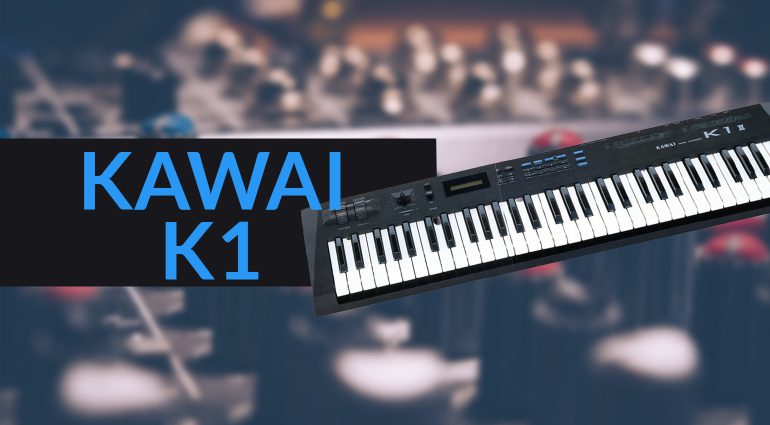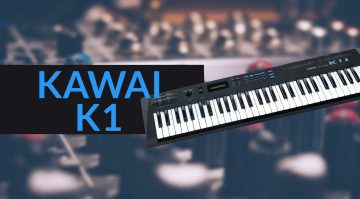In the late-‘80s, D-50-style sample synthesis was out of reach of most musicians. Until the Kawai K1 came along, that is. Is this 8-bit oddity still relevant today?
Kawai K1
Kawai’s synthesizer division was floundering. The year was 1988, and Kawai’s two previous digital synths, the wavetable-like K3 and additive K5, had failed to make much of a dent in the market. Although well-reviewed, they performed about as well as its now-defunct analogue division – that is, not great. Would the budget K1 turn things around for the long-running piano company?
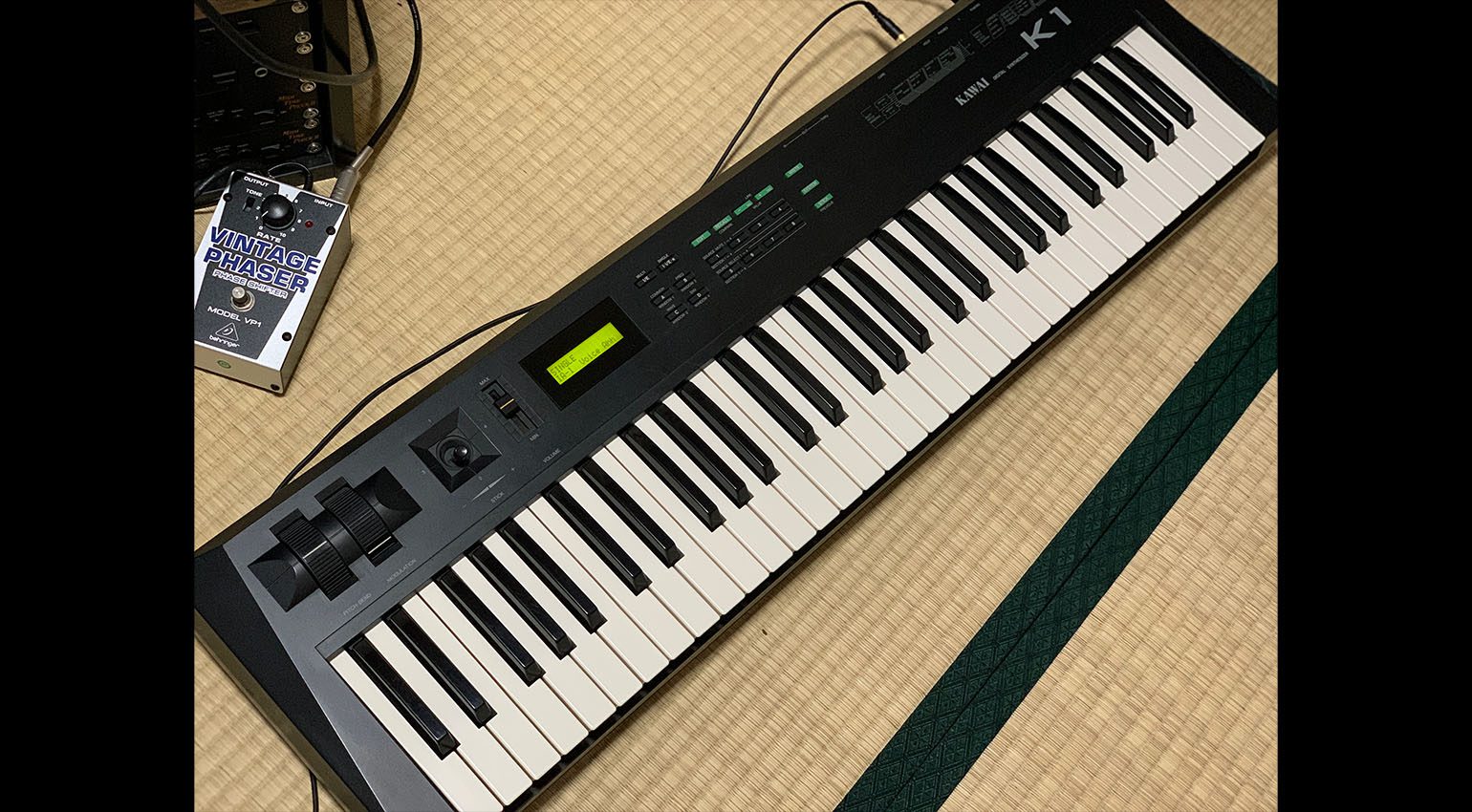
The answer is yes. The K1 was a massive success with both the critics and the public. The company managed to reportedly shift around 50,000 of them. There was a rackmount version (K1r), a tabletop option (K1m), and even an upgrade (K1 ii). The key to its popularity was certainly down to its sound, which combined single-cycle additive waves with PCM samples. There was another reason though: it was much cheaper than the Roland D-50. Heck, it was even cheaper than a D-10! For the budget-minded home musician, the K1 was really the only sample synthesis option on the table.
Kawai K1: The Sound of Techno and Industrial
You’re probably trying to recall the sound of the K1 right now. Or even the name at all. For a synth that managed to be so popular, it doesn’t have the same kind of modern name recognition as its peers the D-50 or Korg M1. And yet you’ve definitely heard it.
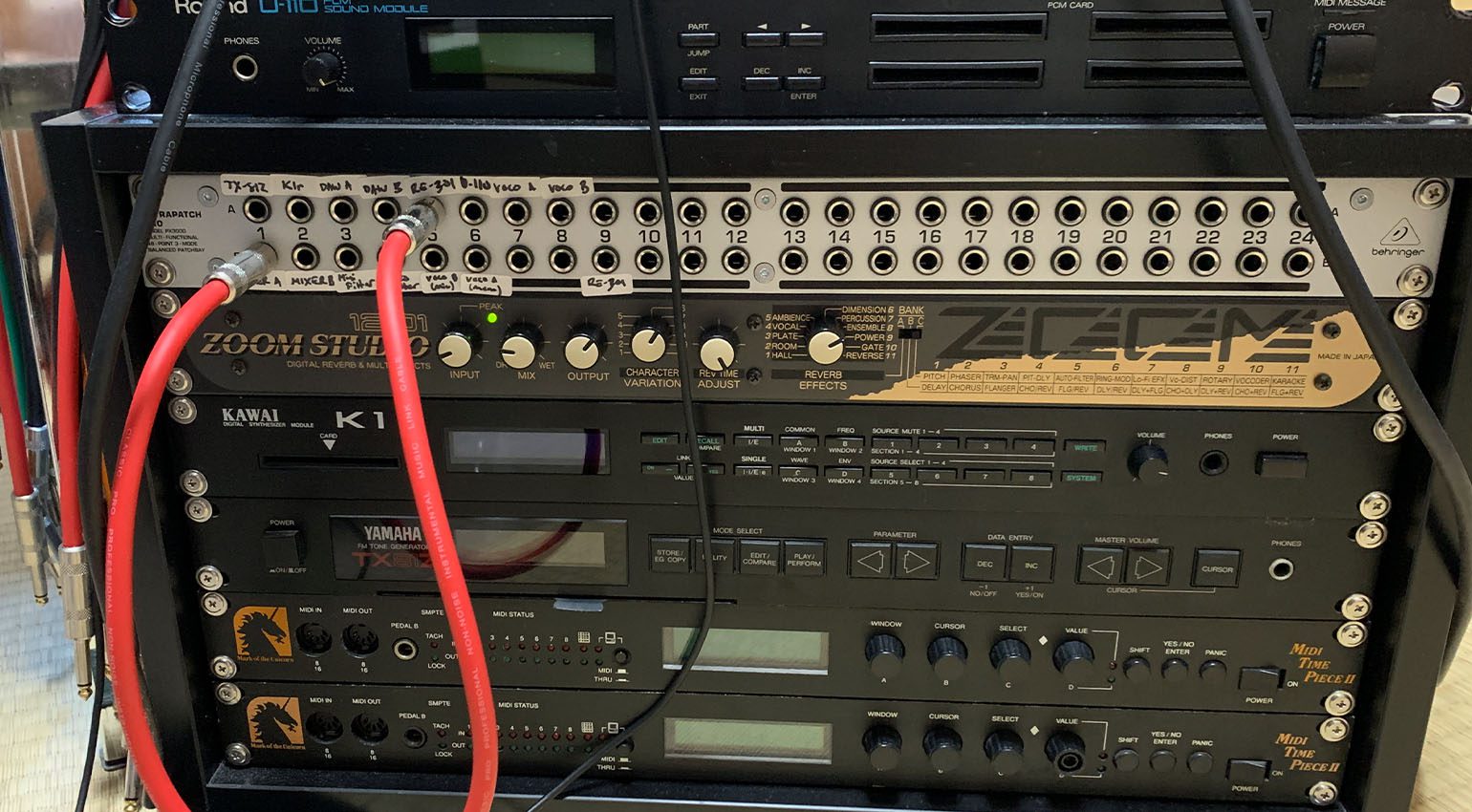
For one, it’s all over early ‘90s electronic music and IDM. It was absolutely the cheapest way to get comparatively realistic acoustic instrument sounds like pianos and strings at the time. Check out Global Communication’s ambient opus 76:14 as well as LFO’s epoch-making Frequencies album to hear it in action. Because of its ability to cross-modulate waveforms, it could do hellish as well as heavenly, making it popular with industrial musicians too.
Kawai K1: All This And Vector Synthesis
With its lack of filter section (I know, right?), it’s tempting to think of the K1 as just a ROMpler. However, it’s a true synthesizer with a synthesis architecture similar to that of other S&S machines of the late-‘80s/early-‘90s.
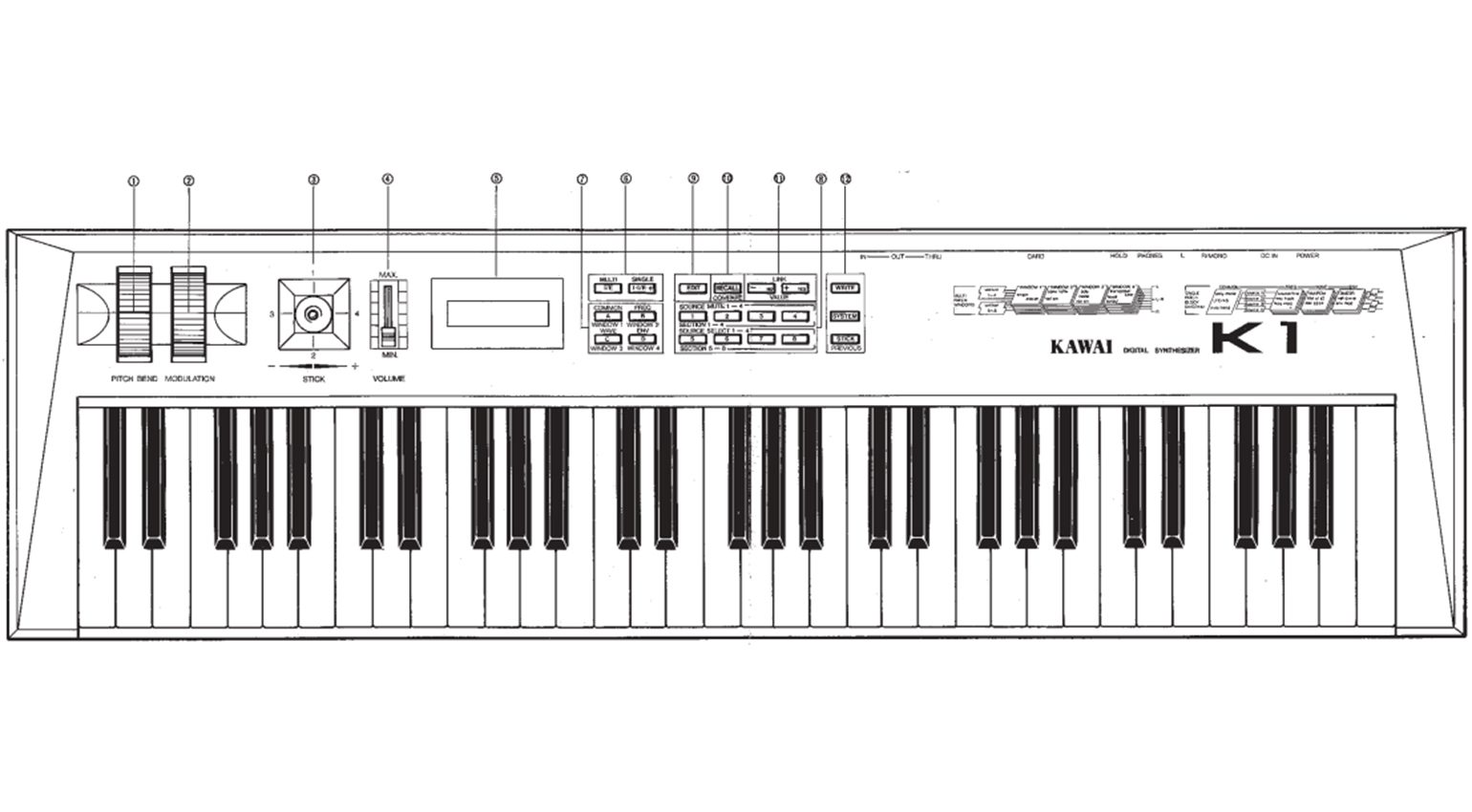
It starts with four oscillators, each of which can load either an additive synthesis wave (generated by Kawai’s K5) or a PCM sample. The latter are mostly drum sounds culled from the R50 or R100 (industrial producers, take note) but there are also various percussion and pluck transients like with Roland’s LA synthesis. As mentioned, you can create ring modulation-like effects by cross-modulating the oscillators. Uniquely, you can also crossfade between them with a joystick. Yes, like Sequential’s Prophet VS, the K1 had vector synthesis, beating Korg’s Wavestation to the punch by two years.
With drums, you can bet that the K1 is multitimbral. Although there’s no sequencer (this was just before the advent of the workstation), you can split it into up to eight different MIDI layers. Modern producers may not need this so much, although stacking sounds as Multis can sound quite delicious. There are no effects, at least not in the original iteration. Kawai rectified that with the awkwardly named K1 ii, which added a gloriously grainy digital reverb to the proceedings.
Being 8-bit, the K1 has a gritty and warm sound compared to other digital synths of the era. This is the reason to pick one up – well, that and the fact that they’re still very affordable.
Lost In A K1 Hole
I’ve had more K1s over the years than I can count. I keep buying them and selling them on – and then coming back to them after a time. I currently own a K1 ii and while I love the grain cloud of the reverb, I do miss the dry original.
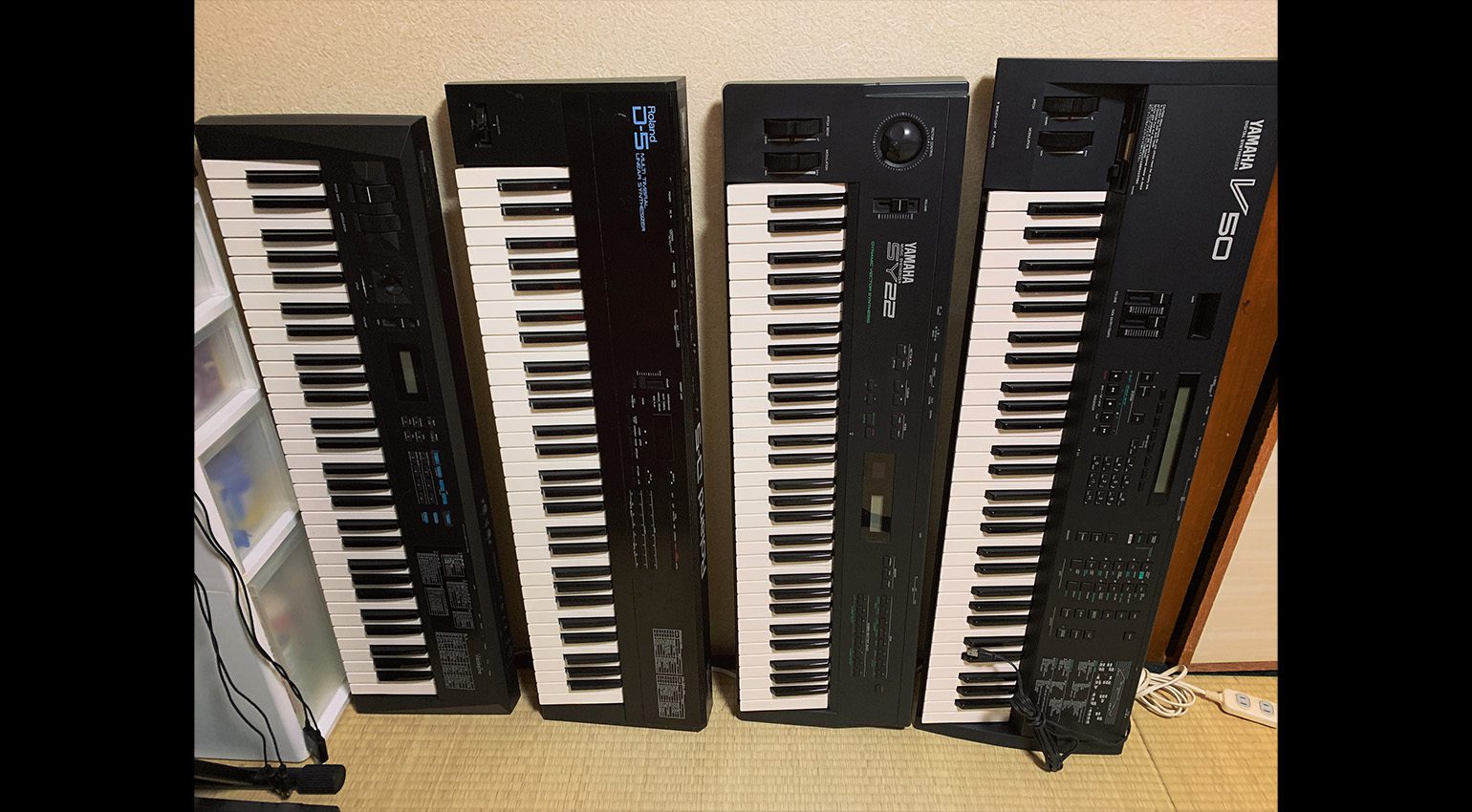
There’s just something about the sound that’s haunting. Low-bit string and choir samples are a dime a dozen in 2024 and yet nothing else sounds like a K1 choir. Load up preset A1, Aah, and marvel at the beauty of its artificialness.
All of the entries in the K series have something to offer. The original, K3, is like a Korg DW-8000 in that it plays single-cycle waveforms, although the Kawai sounds more PPG wavetable-ish. The additive K5 is glassy and smooth and unlike anything else ever made, save the later K5000 series. If you like the K1 but really want a filter, try the K4. It adds a resonant digital lowpass filter to the mix and bumps up the sound quality to 16 bits, although at the expense of some character, in my opinion.
Kawai K1: Legacy
Sadly, the Kawai K1 is not nearly as loved as other digital synths from the era so it remains clone-resistant. However, there are quite a few ways to get the K1 vibe in the 21st century that don’t require buying used.
First off, Nils’ K1v is a freeware ROMpler that emulates the K1. It sounds great although you won’t have all of the synthesis options of the original.
One of the inspirations for the K1 is clearly Sequential’s lovely Prophet VS. If you’re in the box, try Arturia’s Prophet V, which combines the Prophet-5 and Prophet VS into a single instrument. (It’s available as part of the Arturia V Collection X.) If you prefer hardware, Behringer’s Pro-VS Mini will give you digital vector synthesis in a fun little package. Eurorack users should look to the Victor, which puts the VS waveforms into an oscillator module complete with joystick.
Lastly, if you’d rather skip straight to the instruments that most musicians actually wanted to buy in 1988, that would be the Roland D-50 and Korg M1. Both are available in software versions.
The Kawai K1 may not have the name recognition of other synths of the time but it remains a culturally important artifact of the era. If you’re looking for something a little different for your productions, especially if you do IDM or EBM, check it out.
More Information
Image Sources:
- Kawai K1: Adam Douglas
- Kawai K1r: Adam Douglas
- Kawai K1: Kawai
- Kawai K1 ii and other digital synths of the era: Adam Douglas
- Korg M1 V2: Korg
- pb: Plugin Boutique

